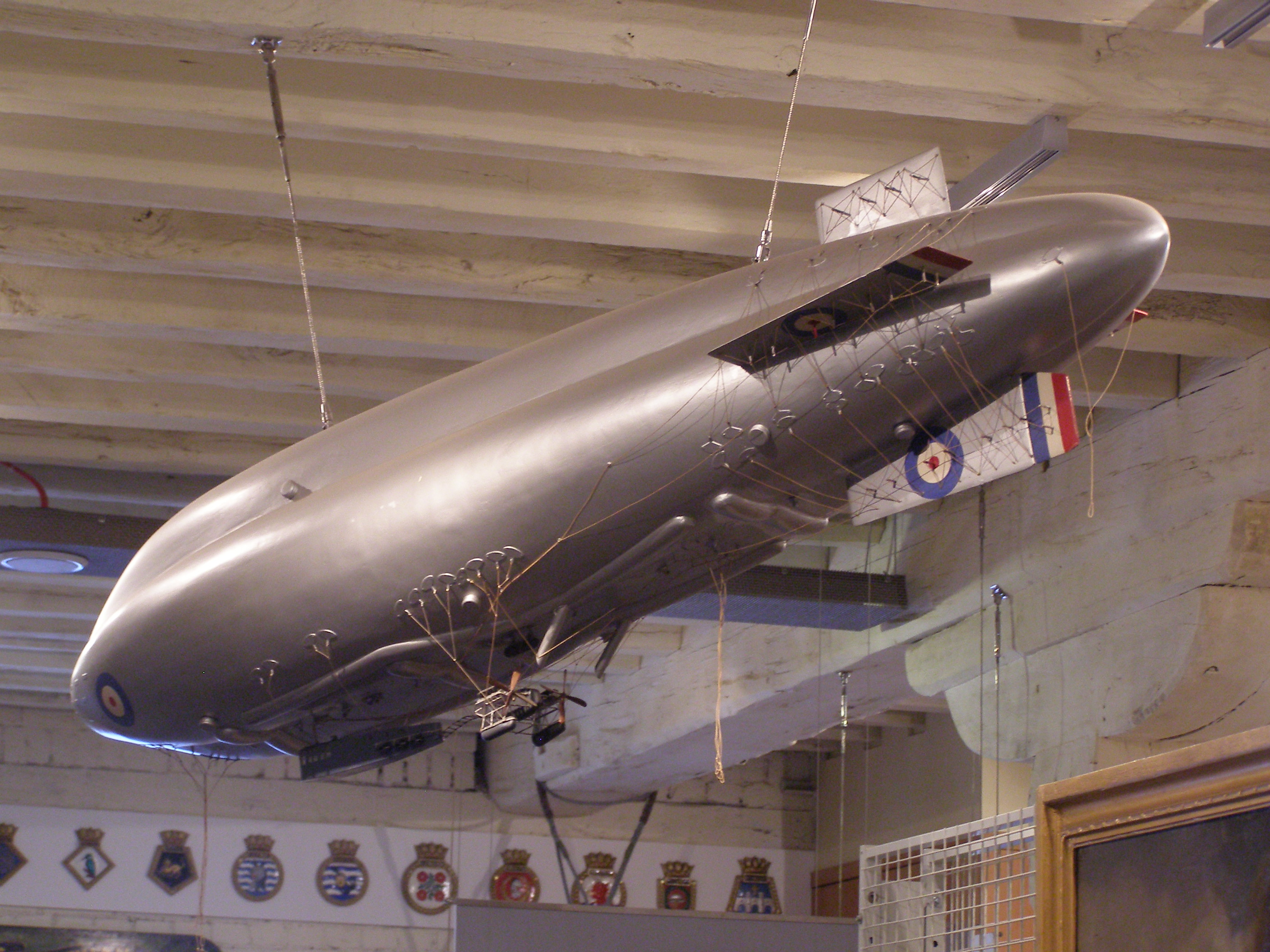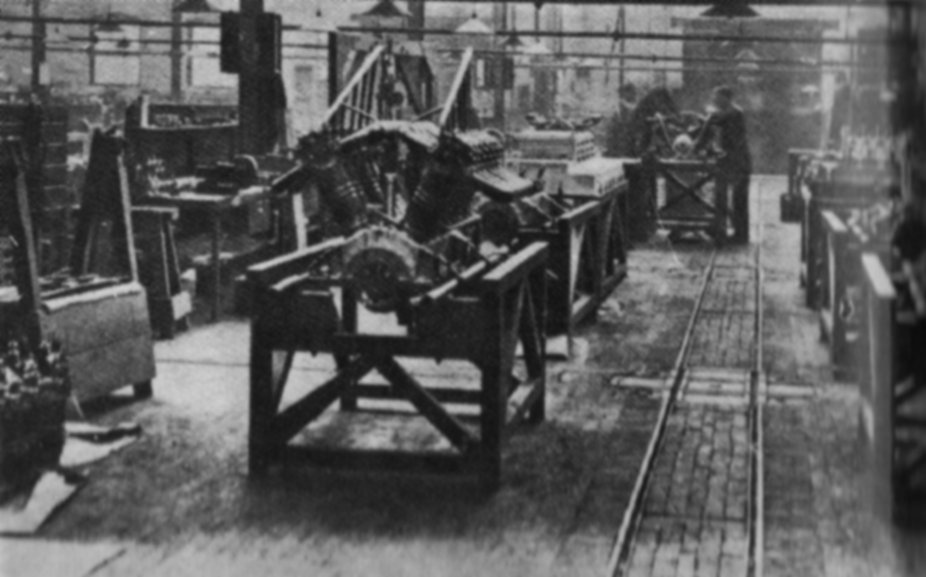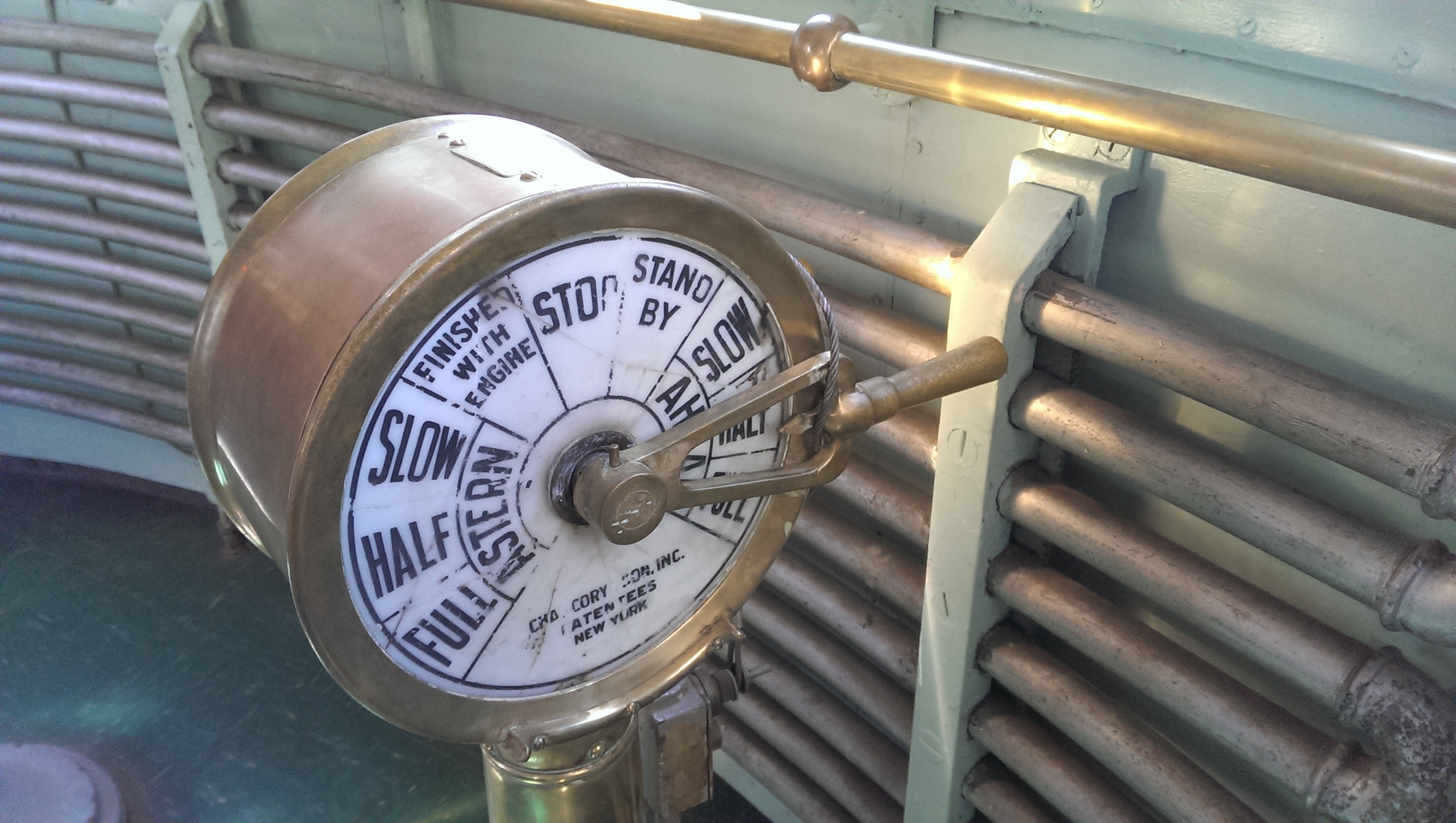|
NS Class Blimp
The British NS (North Sea) class non-rigid airships were the largest and last in a succession of "blimps" that served with the Royal Naval Air Service during World War I; developed from experiences gained with earlier classes to operate off the east coast of Britain on long-range patrols.North Sea Three - Turpin, Brian J. Retrieved on 30 March 2009. Despite early problems, examples of the class went on to break all flying records for non-rigid airships,Whale (2008), p.69. and the type became regarded as the most efficient of its kind. The Airship Heritage Trust. Retrieved on 30 March 2009. Design The NS class airship was developed in response to the increasing requi ...[...More Info...] [...Related Items...] OR: [Wikipedia] [Google] [Baidu] |
WikiProject Aircraft
A WikiProject, or Wikiproject, is a Wikimedia movement affinity group for contributors with shared goals. WikiProjects are prevalent within the largest wiki, Wikipedia, and exist to varying degrees within sister projects such as Wiktionary, Wikiquote, Wikidata, and Wikisource. They also exist in different languages, and translation of articles is a form of their collaboration. During the COVID-19 pandemic, CBS News noted the role of Wikipedia's WikiProject Medicine in maintaining the accuracy of articles related to the disease. Another WikiProject that has drawn attention is WikiProject Women Scientists, which was profiled by '' Smithsonian'' for its efforts to improve coverage of women scientists which the profile noted had "helped increase the number of female scientists on Wikipedia from around 1,600 to over 5,000". On Wikipedia Some Wikipedia WikiProjects are substantial enough to engage in cooperative activities with outside organizations relevant to the field at issue. For e ... [...More Info...] [...Related Items...] OR: [Wikipedia] [Google] [Baidu] |
Rudder
A rudder is a primary control surface used to steer a ship, boat, submarine, hovercraft, aircraft, or other vehicle that moves through a fluid medium (generally aircraft, air or watercraft, water). On an aircraft the rudder is used primarily to counter adverse yaw and p-factor and is not the primary control used to turn the airplane. A rudder operates by redirecting the fluid past the hull (watercraft), hull or fuselage, thus imparting a turning or yaw (rotation), yawing motion to the craft. In basic form, a rudder is a flat plane or sheet of material attached with hinges to the craft's stern, tail, or after end. Often rudders are shaped so as to minimize Drag (physics), hydrodynamic or aerodynamic drag. On simple watercraft, a tiller—essentially, a stick or pole acting as a lever arm—may be attached to the top of the rudder to allow it to be turned by a helmsman. In larger vessels, cables, pushrods, or hydraulics may be used to link rudders to steering wheels. In typical air ... [...More Info...] [...Related Items...] OR: [Wikipedia] [Google] [Baidu] |
Farnborough, Hampshire
Farnborough is a town in northeast Hampshire, England, part of the borough of Rushmoor and the Farnborough/Aldershot Built-up Area. Farnborough was founded in Anglo-Saxons, Saxon times and is mentioned in the Domesday Book of 1086. The name is formed from ''Ferneberga'' which means "fern hill". According to the UK-wide 2011 Census, the population of Farnborough is 57,486. The town is probably best known for its association with aviation, with the Farnborough Airshow, Farnborough Airport, Royal Aircraft Establishment, and the Air Accidents Investigation Branch. History Farnborough is mentioned in the Domesday Book as part of the settlement of Crondall. Over the centuries, it was known as ''Ferneberga'' (11th century); ''Farnburghe'', ''Farenberg'' (13th century); ''Farnborowe'', ''Fremborough'', and ''Farneborough'' (16th century). Tower Hill Tower Hill, Cove: There is substantial evidence that many years ago a large accumulation of Sarsen stones existed upon what later came t ... [...More Info...] [...Related Items...] OR: [Wikipedia] [Google] [Baidu] |
Maidenhead
Maidenhead is a market town in the Royal Borough of Windsor and Maidenhead in the county of Berkshire, England, on the southwestern bank of the River Thames. It had an estimated population of 70,374 and forms part of the border with southern Buckinghamshire. The town is situated west of Charing Cross, London and east-northeast of the county town of Reading, Berkshire, Reading. The town differs from the Maidenhead (UK Parliament constituency), Parliamentary constituency of Maidenhead, which includes a number of outer suburbs and villages (including parts of Wokingham and Reading) such as Twyford, Berkshire, Twyford, Charvil, Remenham, Ruscombe and Wargrave. History The antiquary John Leland (antiquary), John Leland claimed that the area around Maidenhead's present town centre was a small Roman settlement called Alaunodunum. He stated that it had all but disappeared by the end of the Roman occupation. Although his source is unknown, there is documented and physical evidence ... [...More Info...] [...Related Items...] OR: [Wikipedia] [Google] [Baidu] |
Coxswain
The coxswain ( , or ) is the person in charge of a boat, particularly its navigation and steering. The etymology of the word gives a literal meaning of "boat servant" since it comes from ''cock'', referring to the cockboat, a type of ship's boat, and ''swain'', an Old English term derived from the Old Norse ''sveinn'' meaning boy or servant. In 1724, a "cockswain" was defined as "An officer of a ship who takes care of the cockboat, barge or shallop, with all its furniture, and is in readiness with his crew to man the boat on all occasions." When the term "cockboat" became obsolete, the title of coxswain as the person in charge of a ship's boat remained. Rowing In rowing, the coxswain sits in either the bow or the stern of the boat (depending on the type of boat) while verbally and physically controlling the boat's steering, speed, timing and fluidity. The primary duty of a coxswain is to ensure the safety of those in the boat. In a race setting, the coxswain is tasked with m ... [...More Info...] [...Related Items...] OR: [Wikipedia] [Google] [Baidu] |
Rolls-Royce Eagle
The Rolls-Royce Eagle was the first aircraft engine to be developed by Rolls-Royce Limited. Introduced in 1915 to meet British military requirements during World War I, it was used to power the Handley Page Type O bombers and a number of other military aircraft. The Eagle was the first engine to make a non-stop trans-Atlantic crossing by aeroplane when two Eagles powered the converted Vickers Vimy bomber on the transatlantic flight of Alcock and Brown in June 1919. Background At the outbreak of World War I in August 1914, the Royal Aircraft Factory asked Rolls-Royce to develop a new air-cooled engine. Despite initial reluctance they agreed on condition that it be cooled by water rather than air, as this was the company's area of expertise. Design and development Development of the new 20 litre engine was led by Henry Royce from his home in Kent. Based initially on the 7.4 litre 40/50 Rolls-Royce Silver Ghost engine, and drawing also on the design of a 7.2 litre Daimler ... [...More Info...] [...Related Items...] OR: [Wikipedia] [Google] [Baidu] |
Dynamo
file:DynamoElectricMachinesEndViewPartlySection USP284110.png, "Dynamo Electric Machine" (end view, partly section, ) A dynamo is an electrical generator that creates direct current using a commutator (electric), commutator. Dynamos were the first electrical generators capable of delivering power for industry, and the foundation upon which many other later Electric power conversion, electric-power conversion devices were based, including the electric motor, the Alternating current, alternating-current alternator, and the rotary converter. Today, the simpler alternator dominates large scale Electricity generation, power generation, for efficiency, reliability and cost reasons. A dynamo has the disadvantages of a commutator (electric), mechanical commutator. Also, converting alternating to direct current using rectifiers (such as vacuum tubes or more recently via Solid state (electronics), solid state technology) is effective and usually economical. History Induction with pe ... [...More Info...] [...Related Items...] OR: [Wikipedia] [Google] [Baidu] |
International Maritime Signal Flags
International maritime signal flags are various flags used to communicate with ships. The principal system of flags and associated codes is the International Code of Signals. Various navies have flag systems with additional flags and codes, and other flags are used in special uses, or have historical significance. Usage There are various methods by which the flags can be used as signals: * A series of flags can spell out a message, each flag representing a letter. * Individual flags have specific and standard meanings;AB Nordbok. "The Lore of Ships", page 138. New York: Crescent Books, 1975. for example, diving support vessels raise the "A" flag indicating their inability to move from their current location because they have a diver underwater and to warn other vessels to keep clear to avoid endangering the diver(s) with their propellers. * One or more flags form a code word whose meaning can be looked up in a code book held by both parties. An example is the Popham numeric co ... [...More Info...] [...Related Items...] OR: [Wikipedia] [Google] [Baidu] |
Signal Lamp
Signal lamp training during World War II A signal lamp (sometimes called an Aldis lamp or a Morse lamp) is a semaphore system using a visual signaling device for optical communication, typically using Morse code. The idea of flashing dots and dashes from a lantern was first put into practice by Captain Philip Howard Colomb, of the Royal Navy, in 1867. Colomb's design used limelight for illumination, and his original code was not the same as Morse code. During World War I, German signalers used optical Morse transmitters called ', with a range of up to 8 km (5 miles) at night, using red filters for undetected communications. Modern signal lamps produce a focused pulse of light, either by opening and closing shutters mounted in front of the lamp, or by tilting a concave mirror. They continue to be used to the present day on naval vessels and for aviation light signals in air traffic control towers, as a backup device in case of a complete failure of an aircraft's radi ... [...More Info...] [...Related Items...] OR: [Wikipedia] [Google] [Baidu] |
Wireless Telegraphy
Wireless telegraphy or radiotelegraphy is transmission of text messages by radio waves, analogous to electrical telegraphy using cables. Before about 1910, the term ''wireless telegraphy'' was also used for other experimental technologies for transmitting telegraph signals without wires. In radiotelegraphy, information is transmitted by pulses of radio waves of two different lengths called "dots" and "dashes", which spell out text messages, usually in Morse code. In a manual system, the sending operator taps on a switch called a telegraph key which turns the transmitter on and off, producing the pulses of radio waves. At the receiver the pulses are audible in the receiver's speaker as beeps, which are translated back to text by an operator who knows Morse code. Radiotelegraphy was the first means of radio communication. The first practical radio transmitters and receivers invented in 1894–1895 by Guglielmo Marconi used radiotelegraphy. It continued to be the only type of ... [...More Info...] [...Related Items...] OR: [Wikipedia] [Google] [Baidu] |
Voice Pipe
A speaking tube or voicepipe is a device based on two cones connected by an air pipe through which speech can be transmitted over an extended distance. Use of pipes was suggested by Francis Bacon in the ''New Atlantis'' (1672). The usage for telecommunications was experimented and proposed for administrative communications in 1782 by the French monk Dom Gauthey in a memorandum communicated to the Académie des Sciences. Dom Gauthey launched a subscription supported by Benjamin Franklin and other French scientists to finance further experiments, but was not able to raise enough money to go ahead. The British utilitarist philosopher Jeremy Bentham proposed the inclusion of "conversation tubes" in the architecture of his Panopticon (1787, 1791, 1811) and then as a means of military telecommunication (1793) and at the end as a necessary equipment in the architecture of ministries (1825). While its most common use was in intra-ship communications, the principle was also used in afflu ... [...More Info...] [...Related Items...] OR: [Wikipedia] [Google] [Baidu] |
Engine Telegraph
An engine order telegraph or E.O.T., also referred to as a Chadburn, is a communications device used on a ship (or submarine) for the pilot on the bridge to order engineers in the engine room to power the vessel at a certain desired speed. Construction In early vessels, from the 19th century until about 1950, the device usually consisted of a round dial about in diameter with a knob at the center attached to one or more handles, and an indicator pointer on the face of the dial. There would also be a revolutions per minute indicator, worked by a hand crank. Modern EOTs on vessels which still use them use electronic light and sound signals. Operation Traditional E.O.T.s required a pilot wanting to change speed to "ring" the telegraph on the bridge, moving the handle to a different position on the dial. This would ring a bell in the engine room and move their pointer to the position on the dial selected by the bridge. The engineers hear the bell and move their handle to the ... [...More Info...] [...Related Items...] OR: [Wikipedia] [Google] [Baidu] |





.jpg)




